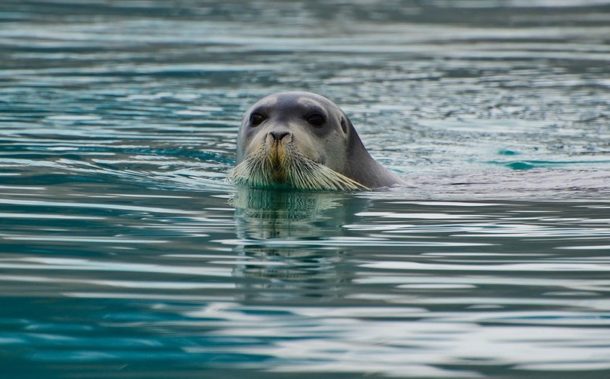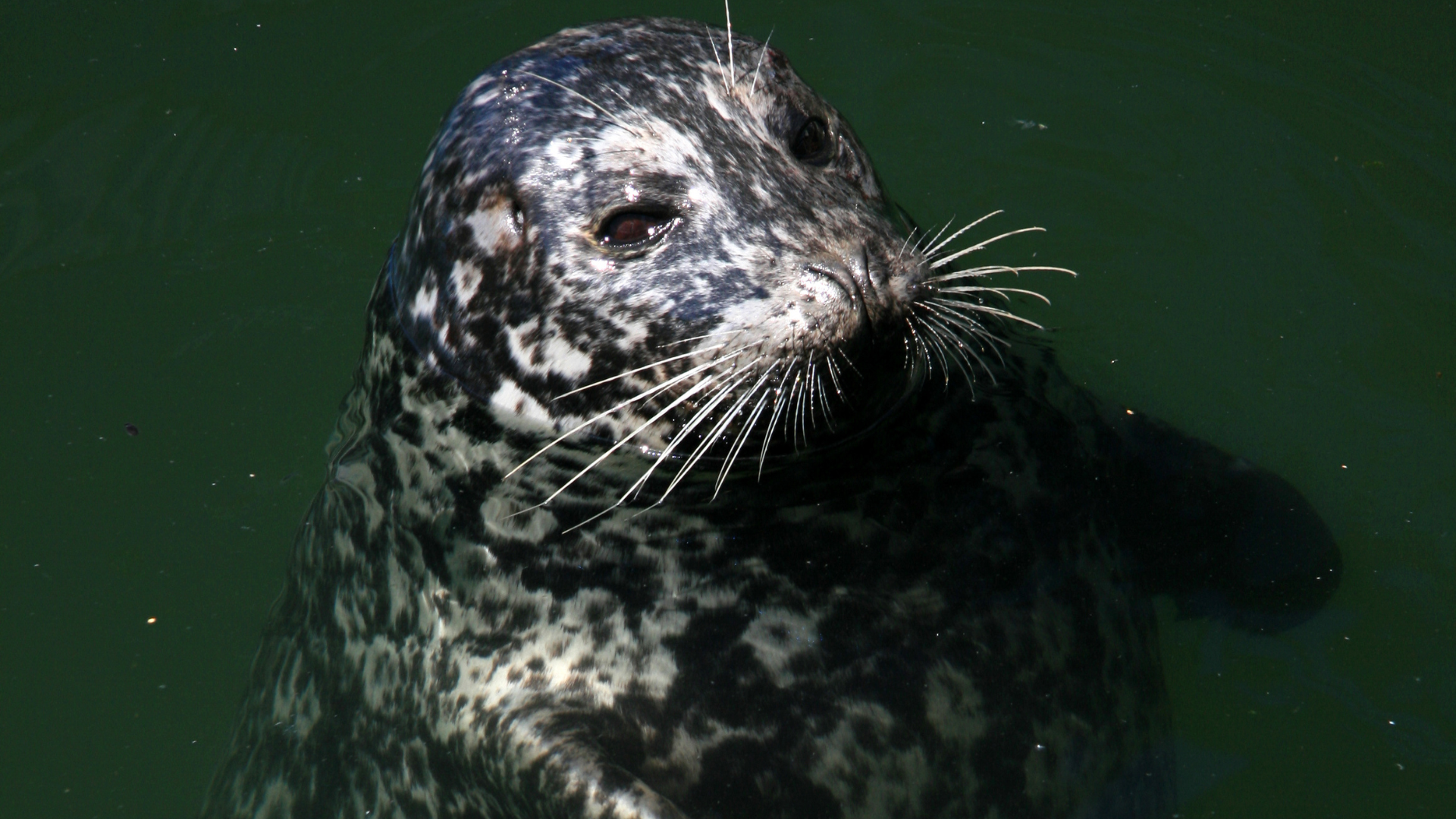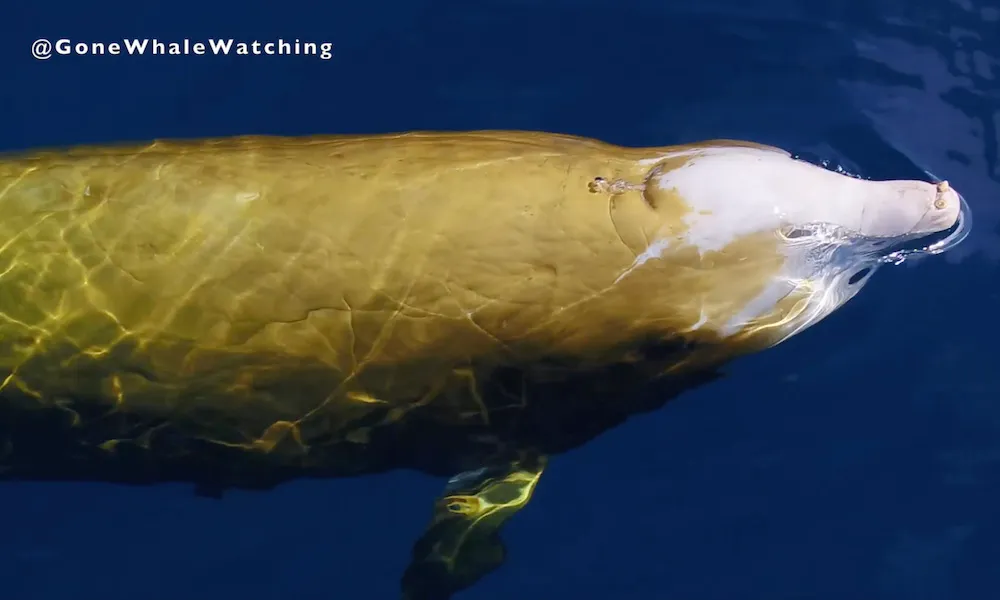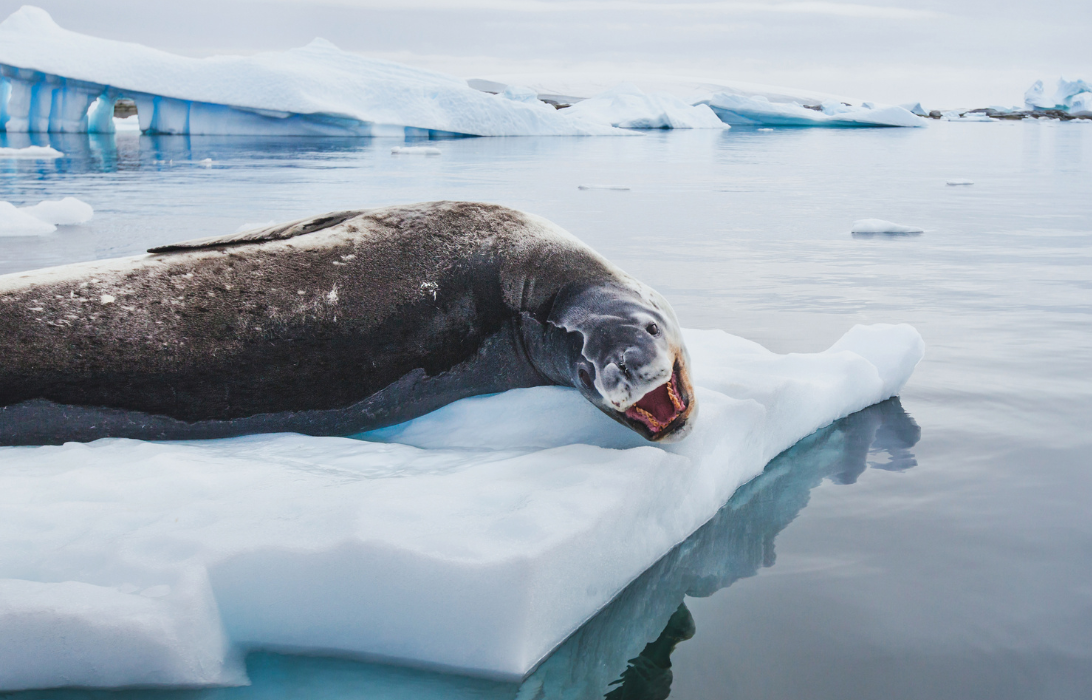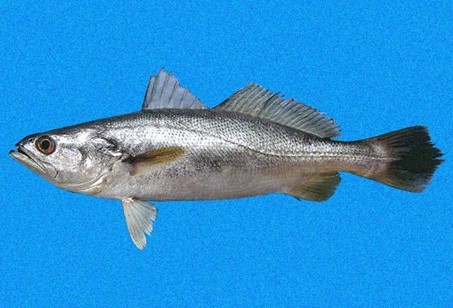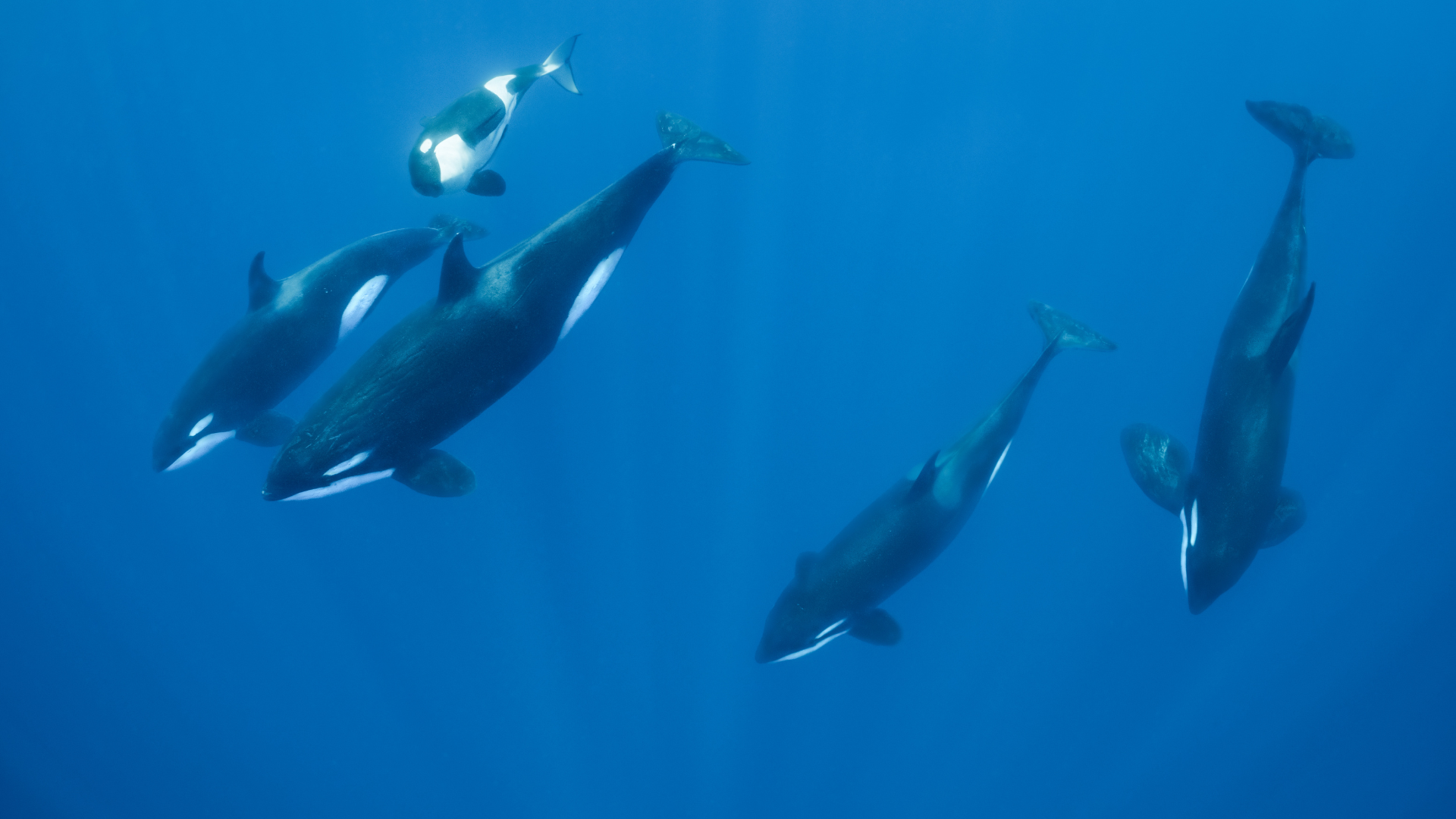LATIN NAME Erignathus barbatus: Erignathus barbatus barbatus, Erignathus barbatus nautica (AKA: Square flipper seal)
LENGTH 2.1 m (6.9 ft) to 2.7 m (8.9 ft)
WEIGHT 200 kg (441 lb) to 430 kg (948 lb)
LIFETIME Females reach sexual maturity at 3-8 years, males at 6-7 years. Few live longer than 25 years.
PHYSICAL TRAITS Gets it’s name from it’s heavy jaw, thick bristles and whiskers on it’s muzzle
BEHAVIOR Except for breeding season, these seals tend to be solitary in nature, but they can also been seen hauled out on pack ice in small groups. Male bearded seals are among the most vocal of marine animals. They produce distinctive, stereotyped calls that can be heard for up to 12 miles. The vocalizations are only heard during the breeding season which lasts for about 90 days, from about late March through mid July.
HABITAT / LOCATIONS Shallow coastal areas / Arctic Ocean
FOOD Clams, squid, fish
PREDATORS Polar bears
Male bearded seals are found in the Arctic and have a complex vocal repertoire which they bring out during breeding season during the Arctic Spring (March through July). They also have very pronounced and thick vibrissae, or “whiskers” indicating that they also have a deep physiological investment in perceiving particle motion in their habitat (a characteristic of acoustical energy in water).
Audiographs
Bearded Seal
LINKS
LITERATURE
Acoustic techniques provide insights into reproductive strategies of bearded seals, Erignathus barbatus Sofie M. Van Parijs and Chris W. Clark
J. Acoust. Soc. Am. 116, 2555 (2004)Haunted Arctic Harold M. Merklinger and H. Scott Morash J. Acoust. Soc. Am. 58, S122 (1975)
J. Acoust. Soc. Am. 116, 2555 (2004)Haunted Arctic Harold M. Merklinger and H. Scott Morash J. Acoust. Soc. Am. 58, S122 (1975)



